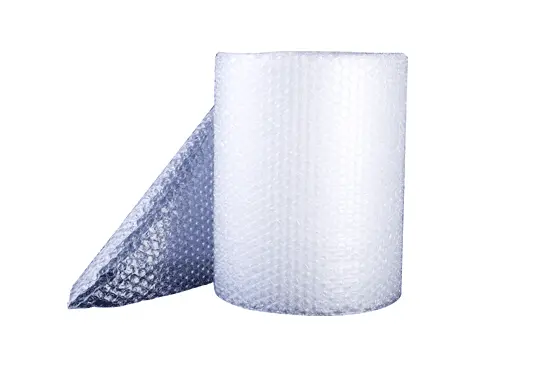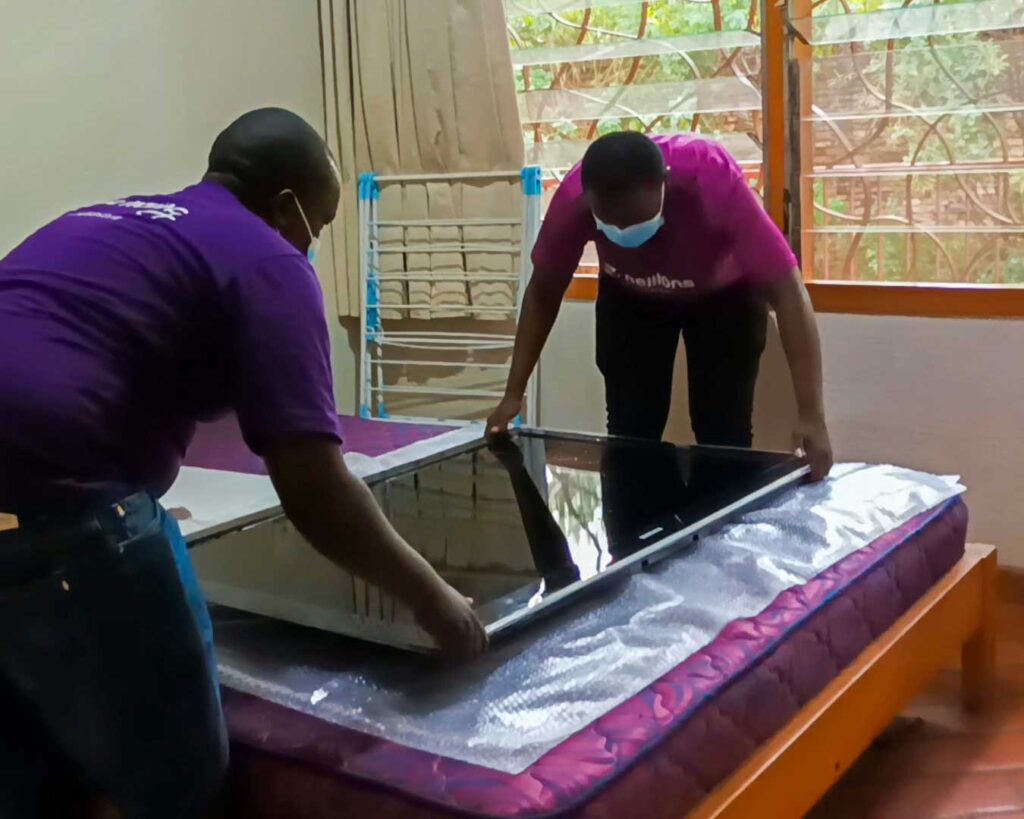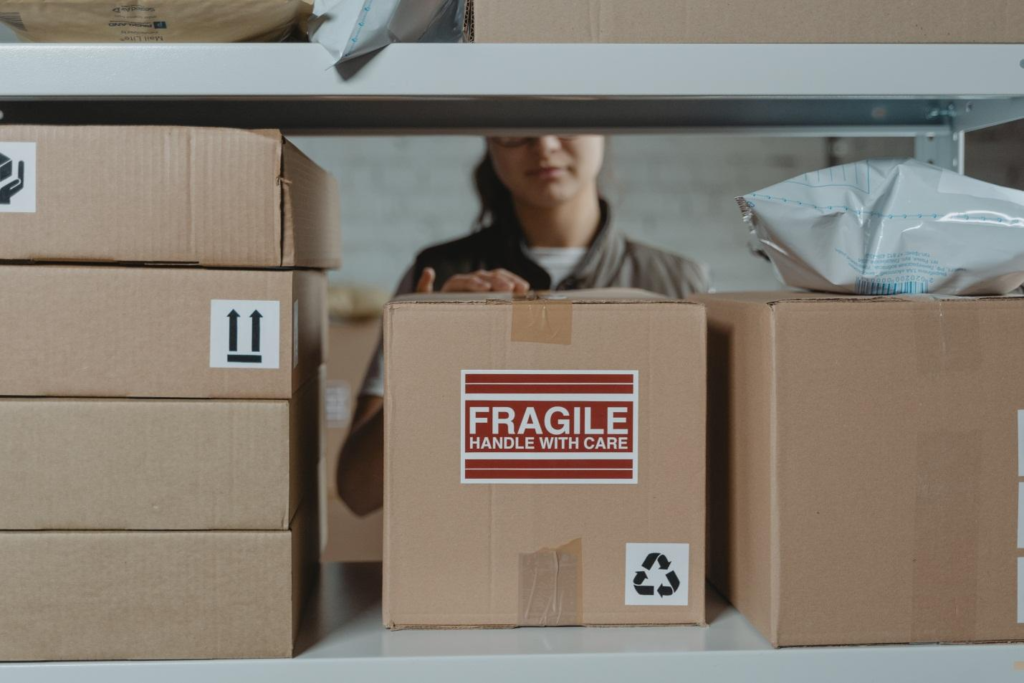Introduction
Moving can be stressful, especially when it comes to packing your valuable electronics. From TVs and laptops to gaming consoles and speakers, these devices are fragile and expensive to replace. Without proper packing, they risk damage from impact, dust, and even static electricity.
But don’t worry—I’ve got you covered! This guide will walk you through the best way to pack your electronics so they arrive at your new home in perfect condition.

Step 1: Gather the Right Packing Supplies
Before you start unplugging everything, make sure you have the right materials:
- Sturdy moving boxes – If you still have the original packaging, great! If not, use heavy-duty boxes.
- Anti-static bubble wrap and foam sheets – Prevents static electricity from damaging sensitive components.
- Packing tape and cable ties – Keeps everything secure and organized.
- Silica gel packets – Helps absorb moisture and prevent condensation.
- Labels and markers – Makes unpacking and reconnecting devices easier.
- Ziplock bags – Perfect for small accessories like screws, adapters, and memory cards.
Step 2: Prepare Your Electronics for Packing
A little prep work goes a long way in keeping your devices safe during the move.
Back Up Important Data
Before packing computers, external hard drives, or smart devices, back up all important files. Store them on a cloud service or an external drive—just in case something goes wrong in transit.
Remove Batteries and Ink Cartridges
Batteries can leak over time, especially in hot or humid conditions. Remove them from remotes, cameras, laptops, and other battery-operated devices. If you’re packing a printer, take out the ink cartridges to avoid leaks.
Take Photos of Cable Setups
Before unplugging anything, snap a quick photo of the cable connections. This makes reassembly much easier later!
Detach Accessories and Wrap Cables Properly
Disconnect all external cables, chargers, and accessories. Use cable ties or Velcro straps to bundle cords neatly, then place them in labeled bags. Avoid taping cables directly to devices, as adhesive can leave residue.
Clean Your Electronics
Dust and dirt can cause overheating. Before packing, wipe down your devices with a microfiber cloth to remove dust and debris.
Step 3: Pack Electronics Safely
Now that your devices are prepped, it’s time to pack them securely.
Televisions & Monitors

- If you have the original box, use it—it’s designed for safe transport.
- If not, wrap the screen with a soft cloth and bubble wrap.
- Use foam corner protectors to prevent damage.
- Always transport TVs upright to avoid pressure on the screen.
Computers & Laptops
- Wrap laptops in anti-static bubble wrap and place them in a padded laptop bag or sturdy box.
- Secure desktop computers with foam or packing peanuts inside the box.
- Store accessories like the keyboard, mouse, and power cord separately in labeled bags.
Gaming Consoles & Accessories
Gaming consoles are delicate and can easily be damaged if not packed properly. Here’s how to keep them safe:
- Wrap the console in anti-static bubble wrap and place it in a sturdy box.
- Pack controllers, power cords, and games separately in labeled bags or small boxes.
- If transporting discs, store them in their original cases or a protective CD binder.
Speakers & Audio Equipment
Speakers, soundbars, and home theater systems often have delicate components, so they need extra care.
- Wrap speakers in foam sheets or thick bubble wrap to protect them from impact.
- Secure speaker cones with soft padding to prevent them from getting dented.
- Pack smaller components like Bluetooth speakers separately, using smaller boxes for better protection.
Small Electronics (Cameras, Tablets, Smart Home Devices, etc.)
Smaller devices may seem easier to pack, but they can still be damaged in transit.
- Use their original cases or small padded boxes for added protection.
- Avoid stacking heavy items on top of delicate electronics.
- Wrap smart home devices (like Alexa, Google Nest, or security cameras) separately and label them clearly.
Step 4: Label and Organize for Easy Unpacking
Packing is only half the battle—unpacking without frustration is just as important!
Use Clear Labels

- Mark each box with what’s inside and which room it belongs to (e.g., “Living Room – TV & Accessories”).
- Label fragile items with “FRAGILE” and “THIS SIDE UP” to ensure proper handling.
Keep Cables and Accessories Together
- Store cables, remotes, and accessories in separate labeled bags inside the same box as the device they belong to.
- For items like computers and TVs, use zip ties or cable organizers to keep cords neat.
Create an Inventory List
- Label each box to make unpacking easier.
- Consider numbering your boxes and keeping a checklist to track them during the move.
Step 5: Safe Transportation Tips
Now that everything is packed, it’s time to ensure your electronics make it to your new home in one piece.
Keep Essential Electronics with You
- If possible, transport high-value or essential items yourself—like laptops, external hard drives, and small devices.
- This reduces the risk of loss, theft, or exposure to extreme temperatures in a moving truck.
Avoid Extreme Temperatures
- Electronics don’t do well in excessive heat or cold.
- If moving in hot weather, don’t leave devices in a truck for too long.
- If moving in winter, allow your devices to adjust to room temperature before turning them on to avoid condensation damage.
Stack Boxes Strategically
- Place electronics on top of heavier items, never underneath.
- Secure boxes tightly in the truck so they don’t shift during transport.
- Avoid placing heavy items on top of delicate electronics, even if they’re packed well.
Step 6: Unpacking & Setting Up in Your New Home
Let Electronics Acclimate Before Plugging In
- If your electronics have been exposed to extreme temperatures, wait a few hours before turning them on. This helps prevent internal condensation and potential short circuits.
Refer to Your Photos for Easy Setup
- Remember those photos of cable setups you took? Now’s the time to use them to reassemble everything correctly.
Check for Damage Before Powering On
- Inspect devices for any signs of damage or loose components before plugging them in.
- If something isn’t working, check connections first before assuming it’s broken.
Organize as You Unpack
- Set up electronics one room at a time to avoid a cluttered, chaotic process.
- Use cable organizers or labels to keep everything neat from the start.
Conclusion
Packing electronics properly can save you from costly damage and setup headaches when you arrive at your new home. By following these steps—using the right materials, organizing cables, and handling your devices with care—you’ll ensure your tech survives the move in perfect condition.
Have any moving tips or experiences to share? Drop them in the comments below! 🚚💻📦

